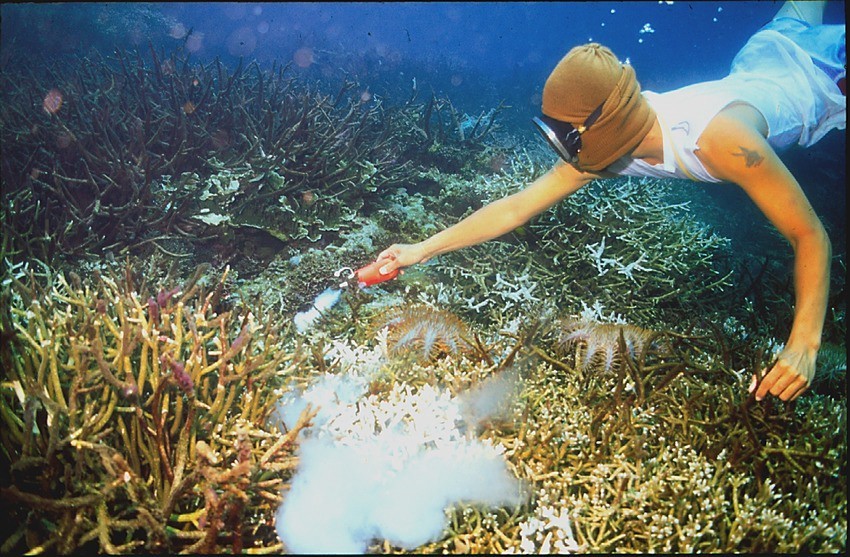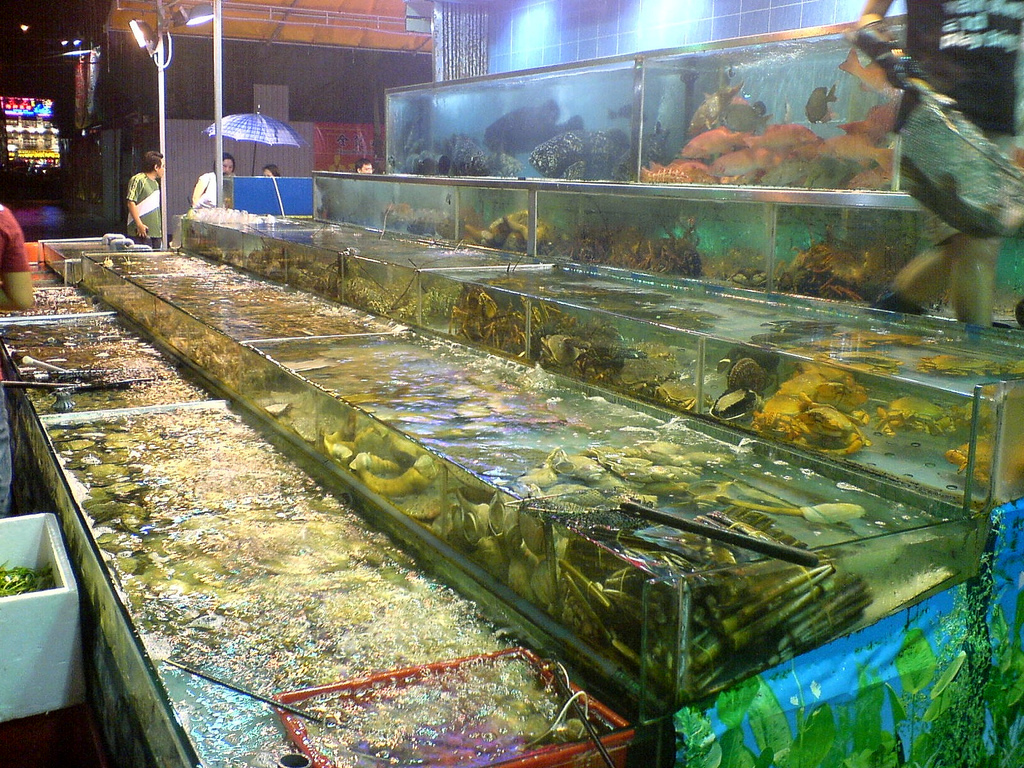
“The use of cyanide in aquarium fishery is largely a thing of the past and illegal in most source countries,” says Australian marine biologist and aquaculture expert, Shane Willis, speaking as president of Ornamental Fish International (OFI). “We are against this illegal practice, from both a sustainability and ethical viewpoint, it has no place in the modern aquarium industry.” OFI is headquartered in Amersfoort, The Netherlands,near Utrecht.
Willis and OFI are publicly disputing negative impressions made of the global aquarium fish industry by a widely circulated recent Associated Press syndicated article entitled Sparkling Fish, Murky Methods (see below). Says Willis: “The publication painted an inaccurate status of the current global marine aquarium fish trade which damages the reputation of our industry with a far-reaching impact across the international aquarium trade.”

Willis says that OFI members are required to abide to the OFI Charter which condemns the use of cyanide or other poisons for capturing. OFI together with its members, continues to support the education and training of breeders, farmers, and collectors to further improve appropriate handling, animal health and welfare protocols.
Willis adds: “Considerable research efforts have also been driven by the industry to develop an accurate and sensitive test protocol for detecting cyanide caught fish of which Dr. Andrew Rhyne at Roger Williams University is a leader, a fact that was not mentioned in the Associated Press article.
Divergent Views
Other observers contend that cyanide fishing is still being practiced, most notably in the Philippines.
Although there is already a law banning cyanide fishing in the country, it is still very much around, some officials say.
“Cyanide fishing may not be as rampant as in the 1970s and 1980s, it is still being done in the Philippines,” said Dr. Alan White, who used to be the chief of party of the Coastal Resource Management Project in Central Visayas. White was interviewed for an article in 2021 in the Philippine Morning Post, which also interviewed local fishery experts.
According to the Post article, “Pramod Ganapathiraju, in last year’s evaluation of the Fisheries Monitoring Council and Surveillance report for the Philippines, wrote that destructive fisheries practices, including cyanide fishing for aquarium and live reef fish trade, is still “widespread.” The United States Agency for International Development (USAID) said the country loses P68.5 billion yearly to illegal fishing.”
Marine Ornamental Aquaculture: Opposite Opinions
The AP article generally dismissed efforts to provide marine livestock through captive breeding efforts: “Most ornamental saltwater fish species are caught in the wild because breeding them in captivity can be expensive, difficult and often impossible. The conditions they need to reproduce are extremely particular and poorly understood, even by scientists and expert breeders who have been trying for years.”

Contrary to the impression left by the article, says Jonathan Poh, secretary general of OFI, significant progress is also being made in the captive culture of marine aquarium fishes. “The technology behind captive breeding of marine ornamentals has gained significant advancement over recent years with aquacultured fish becoming increasingly available and popular in the hobby.
“However, there are still a significant proportion of marine species that cannot be captively bred and sustainable collection of marine aquarium fish is still an important part of the trade and provides sustainable livelihoods to many thousands of people in some of the poorest communities across the Asia-Pacific region.
“OFI supports the notion behind captive breeding and sustainable collection of marine ornamentals as sources of fish for the industry with respect for natural populations, the environment and the contribution made to socio-economic benefits for all communities around the world.”
As for cyanide collection for the aquarium trade, Jonathan Poh told CORAL: “While it is largely a thing of the past, we are unable to claim that it is completely eradicated. Like the old saying goes, ‘Low crime doesn’t mean No crime.'”

Trent BigelowAbout Shane Willis
Since graduating from the University of Tasmania with a Master Degree in Aquaculture, Shane has worked for nearly 30 years in the aquaculture industry. While he has worked with a number of food fish species, his main experience lies in the ornamental fish industry including: farming, importing/exporting, wholesaling and retailing sectors. His work history also includes teaching at the Australian Maritime College and University of Tasmania and he has worked on a range of consultancy projects for various industry, NGO and government groups within Australia, the Caribbean and SE Asia. Shane has experience working at Senior Management level in several companies within the ornamental fish industry across the supply chain.
While Shane’s experience covers most aspects of the industry, he has developed particular interest in biosecurity and intensive aquaculture production technology. With this background, Shane has presented at national and international conferences in the areas of intensive production, quarantine and Biosecurity for aquaculture and ornamental fish.
Shane is currently Managing Director of National Aquaculture Training Institute Pty Ltd (NATI) which provides vocational training and consulting options for the aquaculture and the ornamental fish industry within Australia and internationally. He was elected in May 2016 to President of Ornamental Fish International in – the peak international association that represents the industry around the world and hopes to continue working towards a sustainable and vibrant ornamental fish industry.
More recently he has been appointed as Visiting Professor at Shanghai Ocean University where he provides teaching on ornamental fish production techniques, the international ornamental fish industry and international logistics.
References
Sparkling Fish, Murky Methods: The Global Aquarium Trade
By VICTORIA MILKO, FIRDIA LISNAWATI and KATHY YOUNG
AP News
October 19, 2022
Cyanide fishing: A poisonous business
Henrylito D. Tacio
November 3, 2021
Philippine Morning Post
Detecting illegal cyanide fishing: Establishing the evidence base for a reliable, post-collection test
Joanna M. Murray, Philippe Bersuder, Scott Davis, Sara Losada,
Marine Pollution Bulletin, Volume 150, 2020, 110770,
https://doi.org/10.1016/j.marpolbul.2019.110770.
https://www.sciencedirect.com/science/article/abs/pii/S0025326X19309269
OFI
For further information, please contact:
Shane Willis – President Ornamental Fish International (OFI)
Web: www.ofish.org




